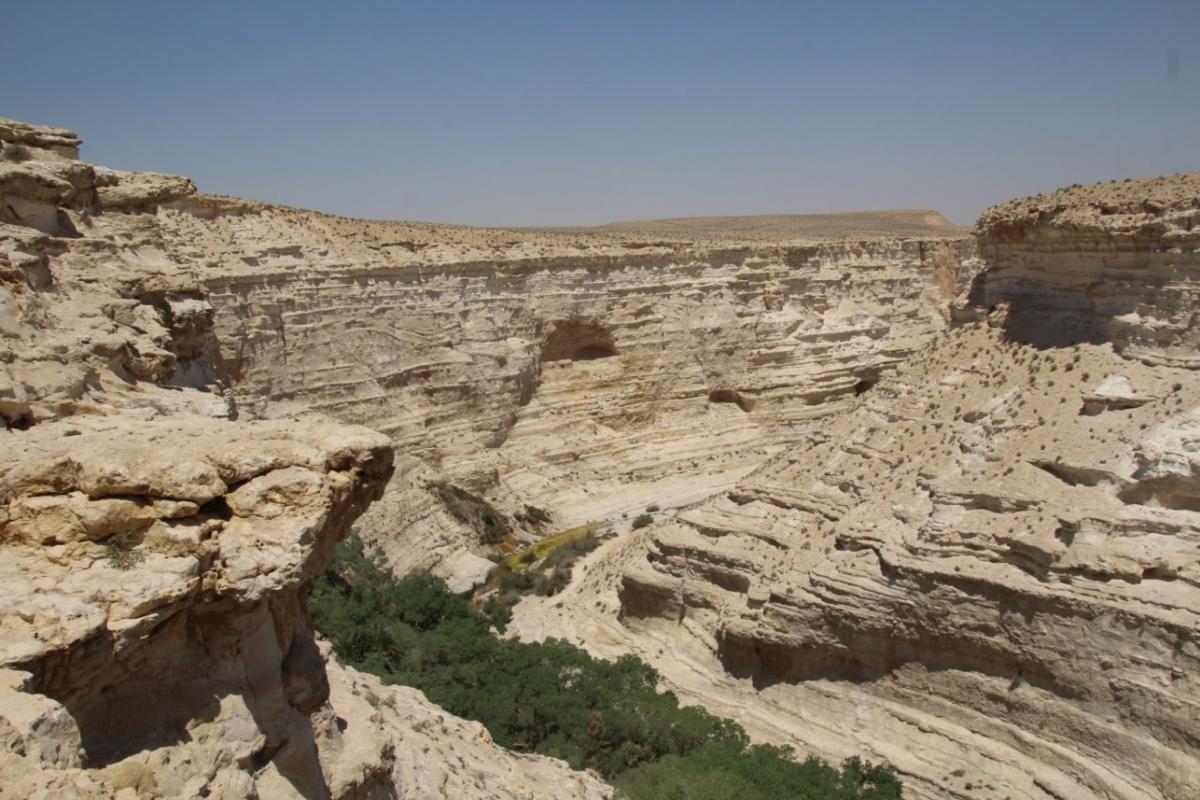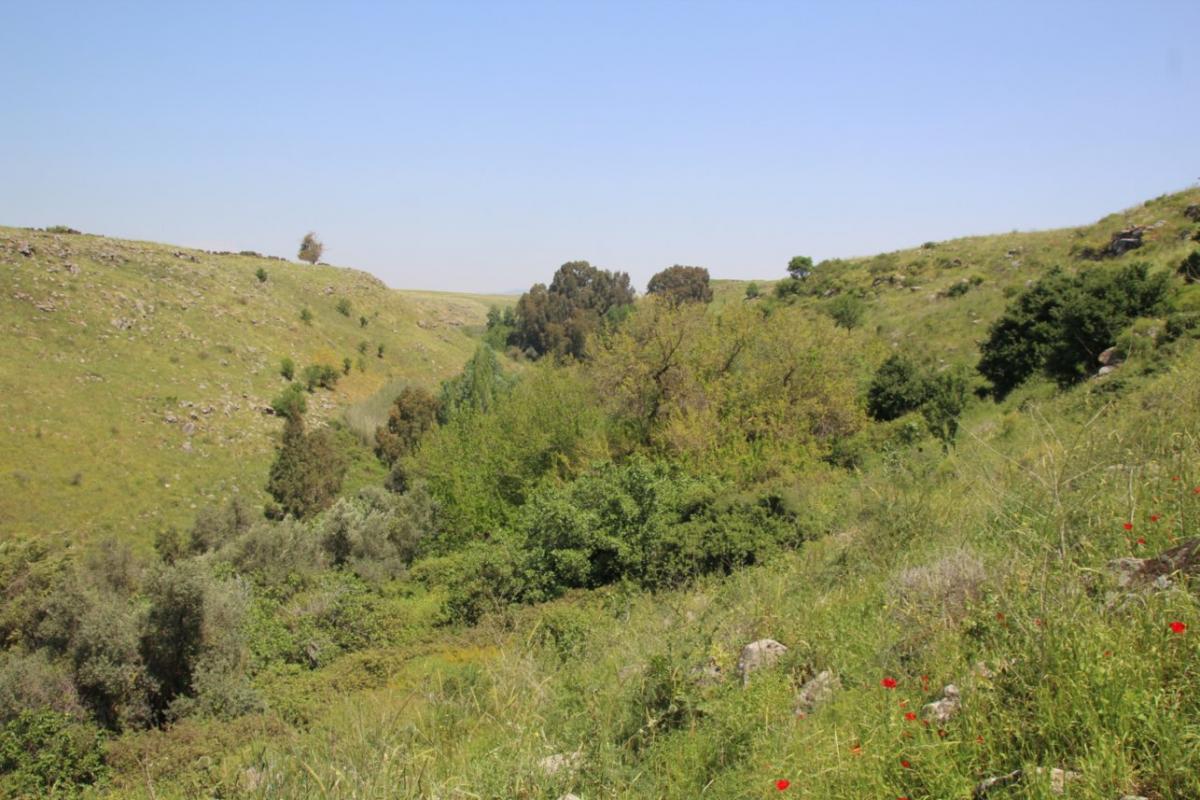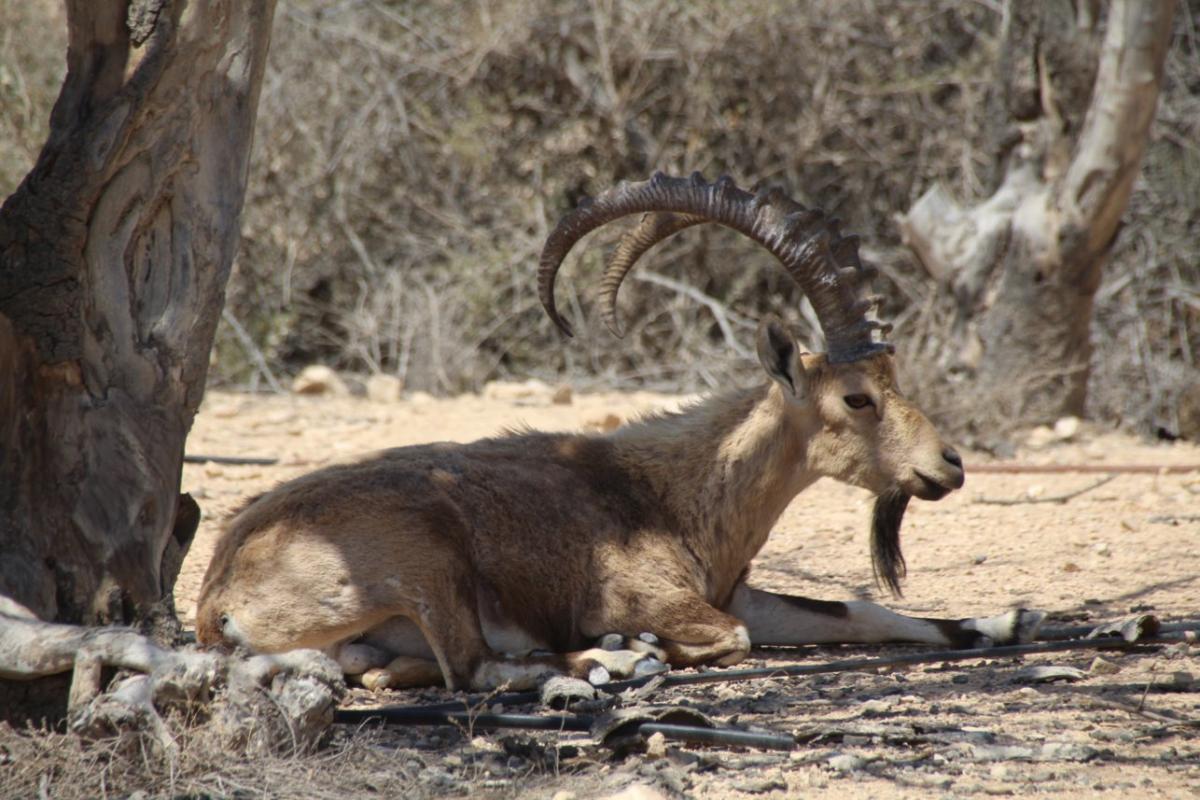A Space for Nature: Wadi Al-Quff Nature Reserve
Wadi Al-Quff Nature Reserve is a welcome haven for local people, pastoralists, and biodiversity.
Wadi Al-Quff Nature Reserve sits on the outskirts of Hebron City. According to Islamic tradition, Hebron was the first human establishment, where Adam and Eve lived after being driven from the Garden of Eden. The area around Hebron including the surroundings of Wadi Al-Quff have been inhabited and partly cultivated since the earliest origins of humanity, and from the Bronze Age throughout Persian, Hellenistic, Roman, Byzantine, Islamic, and Ottoman periods until the modern age.
It was originally established as a formal protected area in the 1920’s, under Colonial-era rule. The newly established reserve is overseen by the Ministry of Agriculture, from their regional base in Hebron. Collaborative governance arrangements for the Nature Reserve, especially through processes of local participation by the local hamlet leadership, have jointly led to the development and implementation of a new Management Plan.
As such, the reserve now better serves the people of the nearby villages of Tarqumia, Halhoul, Beit Kahel and Beit Ola. These communities are otherwise hemmed in by new development and other territorial restrictions that severely hamper movement and restrict access to pasture, public space, and to nature. The urban needs of Hebron also compete with local needs and resources, especially water and space for pasture and agriculture.
In spite of intense competition for land, the bold decision to re-establish governance of Wadi Al-Quff is primarily to provide for both people and nature. It has been a dramatic success due to the full support by local people and government.
The Nature Reserve now covers about 2,500 dunams (3.73 km2). It provides an oasis of tranquillity, a space to visit for relaxation and social gatherings. Picnics are held every day in the designated shady areas, with more than 2000 visitors most weekends. Additionally, the reserve is a vital source of grazing for livestock. For example, the people of Tarqumia own a combined total of 3,000 head of sheep and goats. Managed and well-governed access to pastoral areas of the reserve is a vital life-line for the local community. Rights to collect herbs, edible mushrooms and other resources are also well-governed. Limited collection of fuelwood and timber is managed also by the Reserve to allow for basic needs while maintaining ecological recovery and integrity.
The communities of Wadi Al-Quff maintain a strong tradition in horticulture and particularly grape production, and the Wadi provides pollination, shade and micro-climate regulation benefits. The Wadi also has social and cultural significance, such as through local marriage customs, especially for weddings that connect hamlets. It is traditional to celebrate part of the ceremony inside the Wadi, blessing the bride and groom with a branch from the Palestinian Buckthorn tree Rhamnus palaestina. Beyond the legend of the Garden of Eden, people also maintain a strong spiritual link with Alsafa (Bat) Cave, the source of many local legends.
Wadi Al-Quff harbours a relatively rich community of small terrestrial fauna, including the globally threatened Mediterranean Tortoise Testudo graeca, as well as many species that have undergone a significant decline in Palestine in the recent past. The flagship species of the Reserve is the Egyptian Fruit Bat Rousettus aegyptiacus. This species, found throughout Africa, is extremely rare in Palestine. A significant population of over 150 of these large fruit-eating bats inhabit the Alsafa cave in the Reserve, and can be observed by careful visitors at dawn and at dusk. In addition to the Egyptian Fruit Bat, five insectivorous bat species have so far been found, including Pipistrelles and the large Serotin bat Eptesicus serotinus.
Local bird species include the rare Syrian Woodpecker Dendrocopus syriacus, and a total of 42 breeding species. Wadi Al-Quff is located along the globally highly important Black Sea-Mediterranean Flyway of migratory soaring birds (raptors, storks, cranes). Up to 2,500 White Storks Ciconia ciconia were reported above the Reserve in 1999. Egyptian Vulture Neophron percnopterus, Spotted Eagle Aquila clanga and Pallid Harrier Circus macrourus are believed to frequent the Wadi during migration.
Palestine’s efforts to develop their protected area system are receiving international attention and ongoing investment by local government and partner institutions, such as the The Applied Research Institute - Jerusalem (ARIJ) and the Palestine Institute for Biodiversity and Sustainability. IUCN continues to support surveys and management effectiveness evaluations.
Palestine as a jurisdiction, and Wadi Al-Quff as a site, participate in the new IUCN Green List of Protected and Conserved Areas programme. Wadi Al-Quff is using the Global Standard to help secure good governance, develop sound design and planning, and implement effective management, to in turn deliver successful conservation outcomes for its important values, for people and for nature.






